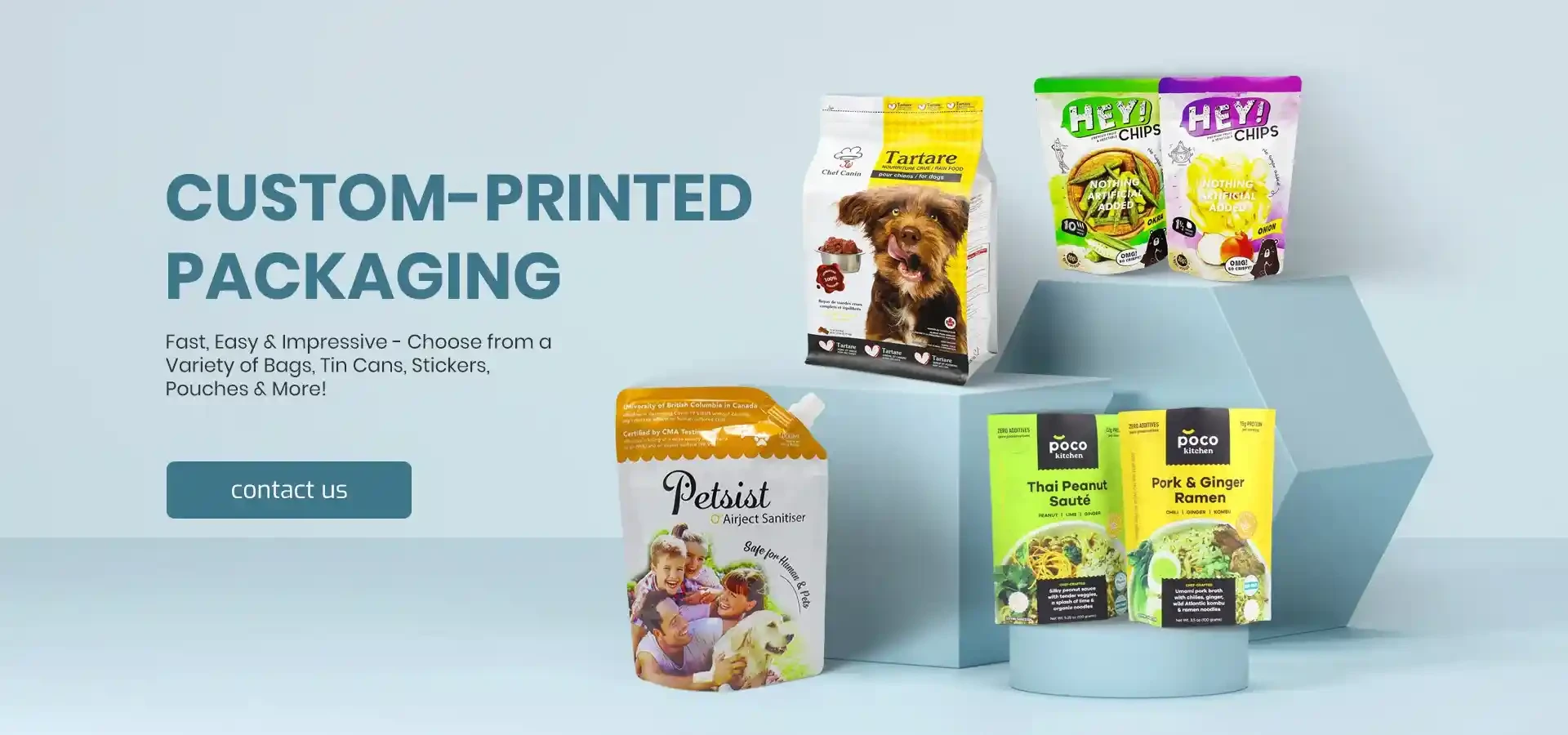Understanding the Uses and Benefits of Polyethylene Foam in Various Industries
The Versatility and Applications of Polyethylene Foam
Polyethylene foam is a versatile material that has gained immense popularity across various industries due to its unique properties. Characterized by its lightweight nature, excellent cushioning abilities, and resistance to moisture, polyethylene foam has become an essential component in packaging, insulation, and many other applications.
What is Polyethylene Foam?
Polyethylene foam is a closed-cell foam made from polyethylene, a common plastic polymer. The closed-cell structure contributes to its durability and resilience, providing effective protection and insulation. It can be manufactured in various densities and thicknesses, making it suitable for a wide range of uses.
Benefits of Polyethylene Foam
1. Cushioning and Protection One of the primary benefits of polyethylene foam is its ability to absorb shock and provide excellent cushioning. This makes it an ideal choice for packaging fragile items such as electronics, glassware, and other breakable goods. Its protective qualities ensure that products arrive at their destination intact, reducing the risk of damage during shipping and handling.
2. Moisture Resistance Because of its closed-cell structure, polyethylene foam is inherently resistant to moisture and water. This property makes it suitable for outdoor applications, such as insulation for piping systems, where exposure to moisture could lead to corrosion or other forms of deterioration.
3. Thermal Insulation Polyethylene foam is also an effective insulator, providing thermal resistance that helps maintain temperatures in various environments. This characteristic is particularly beneficial in the construction industry, where it is used to insulate buildings, refrigeration systems, and HVAC applications.
4. Lightweight and Easy to Handle Unlike some traditional materials, polyethylene foam is lightweight, which reduces shipping costs and makes it easier to handle during packaging and installation processes. Its flexibility allows it to be cut and shaped according to specific requirements, further enhancing its usability.
5. Chemical Resistance Polyethylene foam resists a variety of chemicals, including oils, solvents, and acids. This resistance not only extends the life of the material but also makes it a suitable choice for applications in industries such as automotive and aerospace, where exposure to harsh substances is common.
polyethelyne foam

Applications of Polyethylene Foam
The applications of polyethylene foam are extensive and diverse. Here are some of the prominent areas where it is effectively utilized
- Packaging In the packaging industry, polyethylene foam is widely used to cushion and protect products during transit. From custom inserts for electronics to protective wraps for furniture, its applications are virtually limitless.
- Construction In construction, polyethylene foam is employed for insulation purposes, contributing to energy efficiency in buildings. It is often used in wall systems, roofs, and under floors to minimize heat loss.
- Medical Sector The medical industry uses polyethylene foam for various purposes, including packaging sterilized instruments and cushioning for medical devices. Its hypoallergenic properties make it suitable for applications involving direct contact with patients.
- Sports and Recreation In sports, polyethylene foam is used in protective gear, padding for sports equipment, and cushioning for recreational surfaces such as playgrounds and athletic fields, providing safety and comfort.
- Automotive In the automotive industry, polyethylene foam is employed for interior cushioning, soundproofing, and thermal insulation, enhancing the comfort and performance of vehicles.
Conclusion
Polyethylene foam is undeniably a remarkable material with a wide array of benefits and applications. Its shock-absorbing properties, moisture resistance, and lightweight nature make it invaluable across numerous sectors. As industries continue to seek sustainable and efficient materials, polyethylene foam stands out as a reliable choice, paving the way for future innovations and applications. Whether in packaging, construction, or healthcare, the role of polyethylene foam will likely continue to expand, further showcasing its versatility and importance in our everyday lives.













